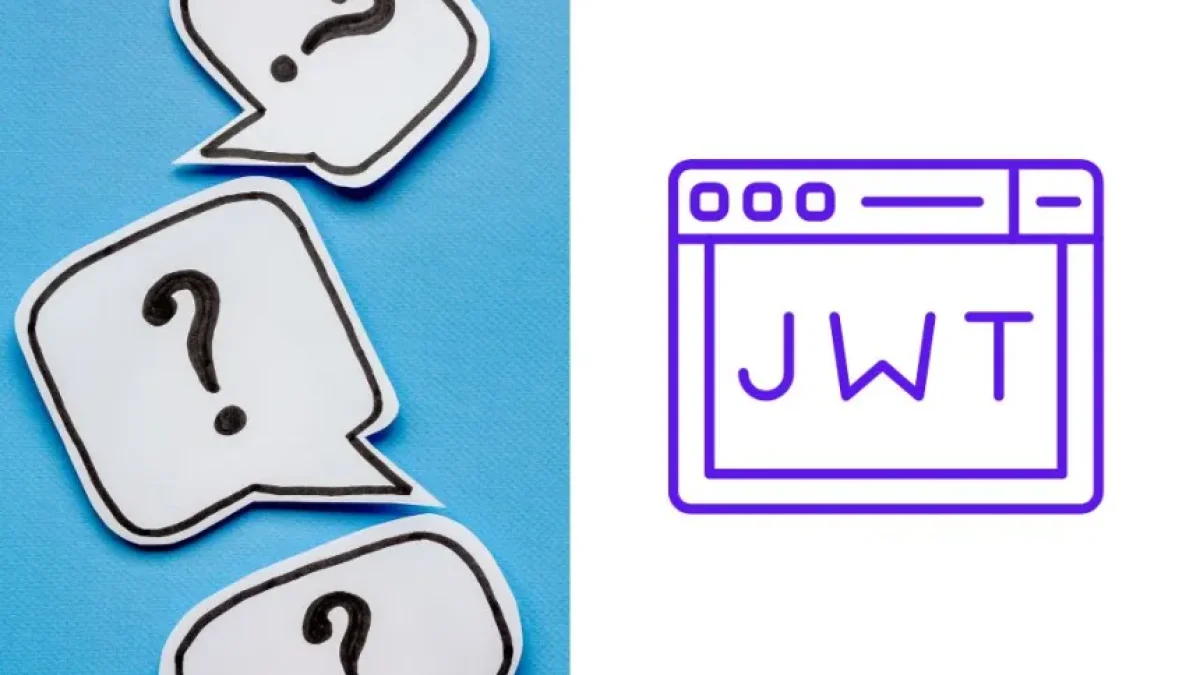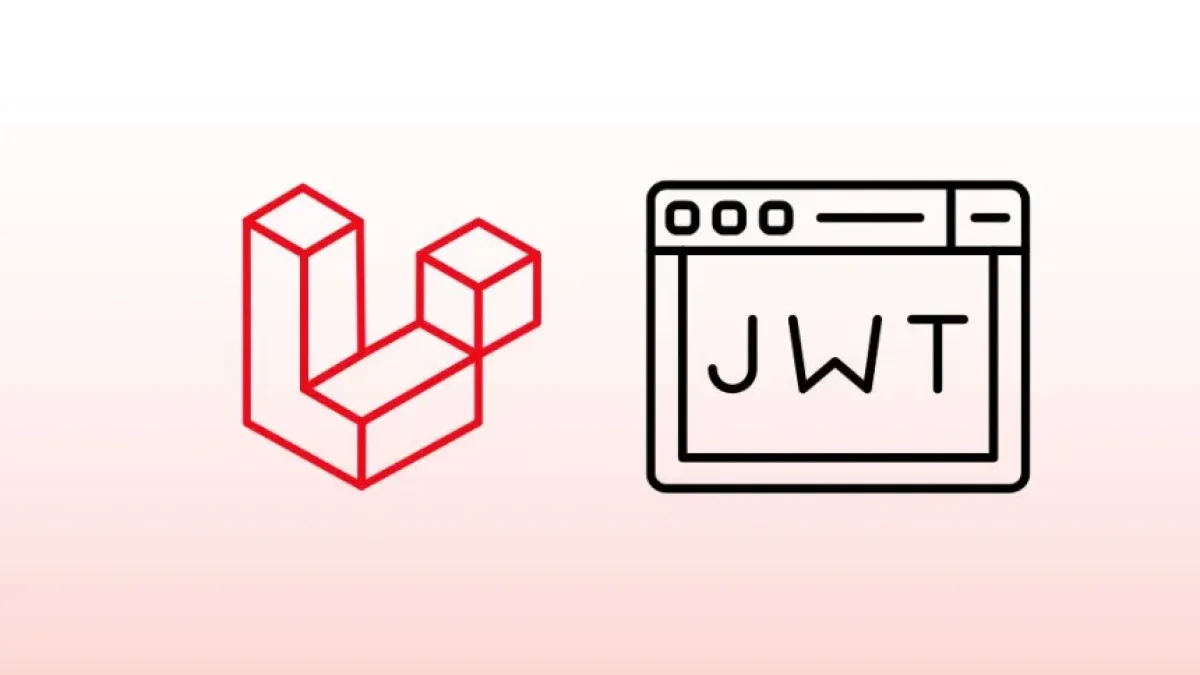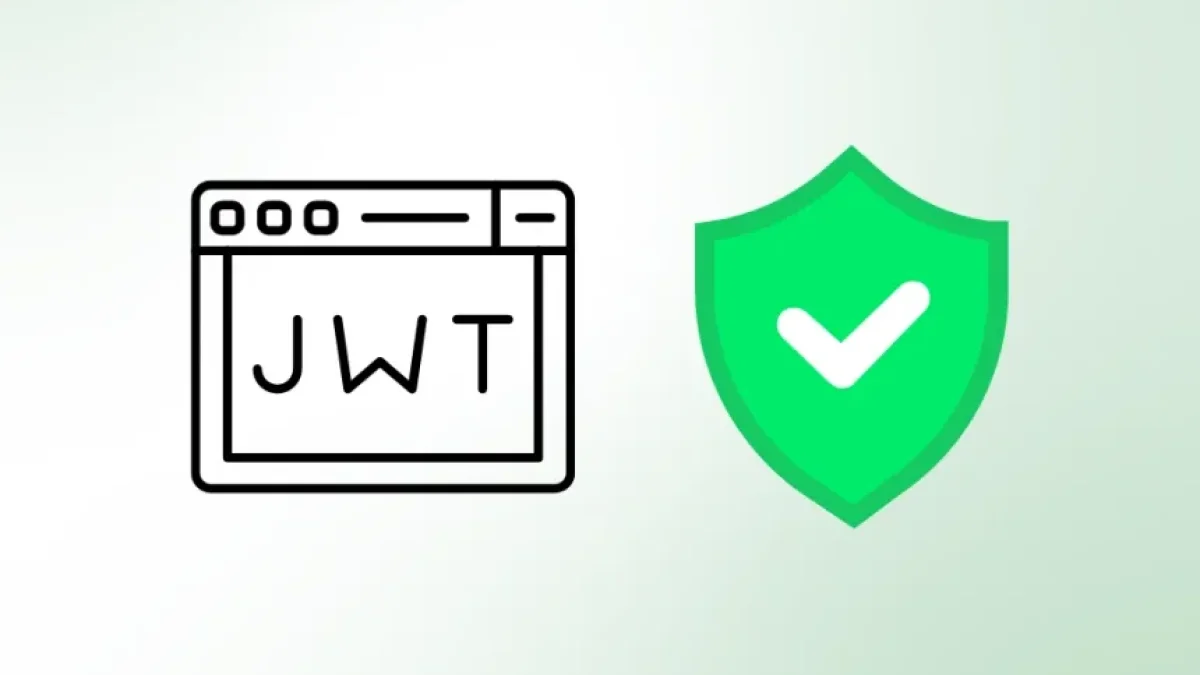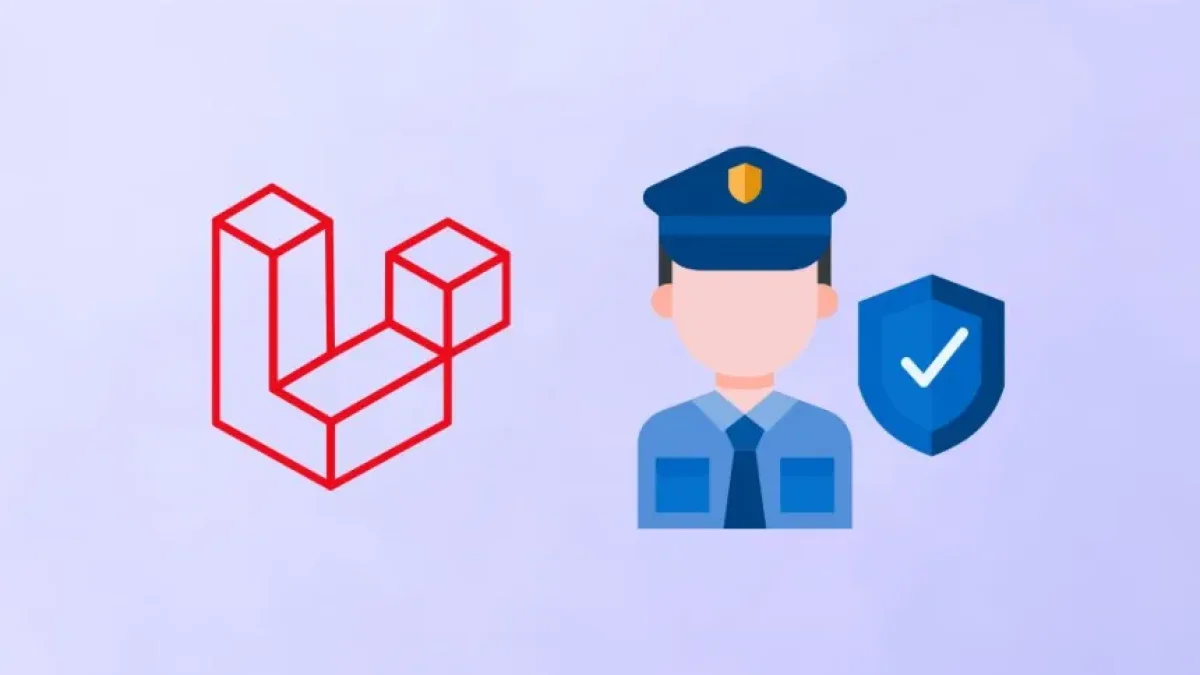What is JSON Web Token and its functioning explained clearly


In today's digital world, authentication and security are priority topics for any web application. A widely used method for managing user identities is the JSON Web Token (JWT). In this article, we will explore what JWT is and how it works, providing a clear and concise guide for those looking to understand this important component of web technology.
What is JSON Web Token (JWT)?
A JSON Web Token (JWT) is a compact and self-contained way of representing information between two parties. This token is especially useful for authenticating and authorizing users in web applications, as it allows for the secure transmission of data that can be verified and even digitally signed. JWTs are frequently used in APIs and mobile applications due to their ease of use and ability to work in various environments.
Structure of a JWT
JSON Web Tokens consist of three main parts:
- Header: This component describes how the token is encoded and the type of token it is. Typically, the header includes the type of token (JWT) and the signing algorithm being used, such as HMAC SHA256 or RSA.
- Payload: This section contains the claims that are to be transmitted. Claims can be about the user (such as their ID or roles) or other relevant data. It is important to note that the payload is not encrypted by default, so any sensitive information should be handled with care.
- Signature: To create the signature, the header and payload are combined and signed using a secret or a private key. This ensures that the token has not been altered and authenticates the party sending the token.
A JWT thus looks like this: xxxxx.yyyyy.zzzzz, where each part is Base64 encoded.
How does a JWT work?
The operation of a JWT is divided into several steps:
1. User Authentication
When a user logs into an application, their credentials (like username and password) are sent to the server. If the credentials are correct, the server generates a JWT.
2. Sending the JWT to the Client
Once the token has been created, the server sends it to the client, who usually stores it in their local storage or cookies. The client can now use this token to make requests to the server.
Read also
3. Authorization in Subsequent Requests
Every time the client makes a request to a protected part of the application (for example, accessing their profile data), they include the JWT in the request header. The server receives the request and verifies the validity of the token.
4. Token Validation
Token validation involves checking the signature and ensuring that the token has not expired. If the token is valid, the server processes the request and returns the requested information.
Advantages of Using JWT
JSON Web Tokens offer several significant advantages, such as:
- Compact: JWTs are short and easy to transmit, making them bandwidth efficient.
- Self-contained: They include all the data necessary for the authentication process, eliminating the need to query the database on each request.
- Versatility: They can be used in various contexts, both in web applications and mobile applications.
Conclusion
In summary, the JSON Web Token is a powerful tool for user authentication and authorization in modern applications. Its simple structure, along with its effective way of transmitting data, has made it a standard in web development.
If you want to keep learning about technology and enhance your skills, I invite you to keep reading more news of this kind on my blog. Don’t miss out!



















